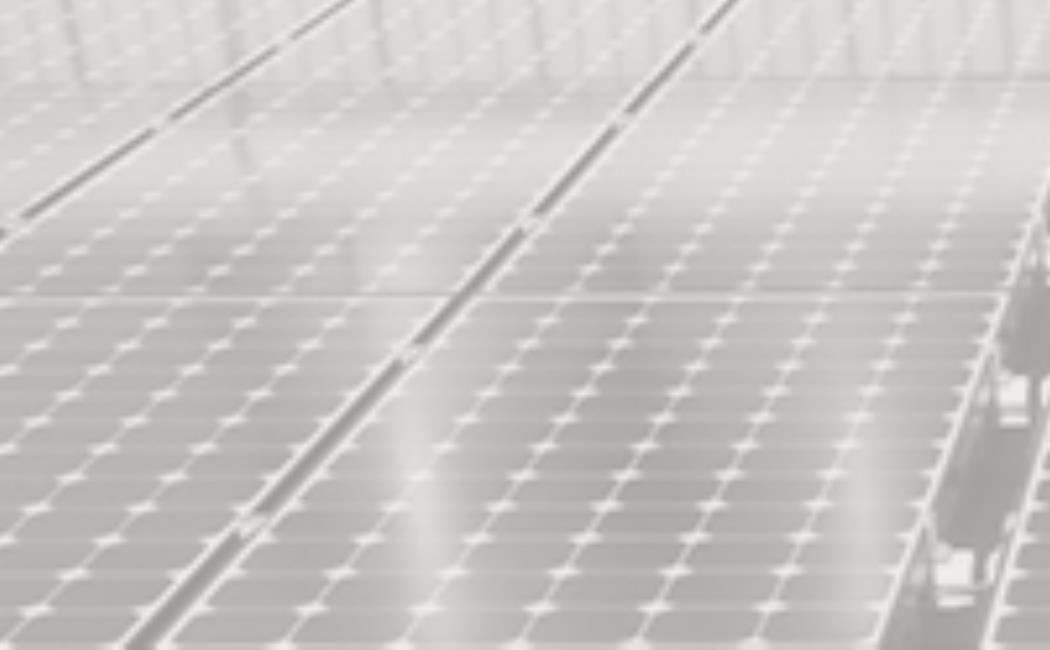

KSC SEMINARS

Friedrich-Alexander-Universität, Erlangen-Nürnberg, Germany
Date & Time: Tuesday May 30th, 2017 at 1pm
Venue: Building 5, level 5, room 5220
Abstract: Balanced percolation in silver nanowire electrodes enables highperformance multijunction silicon–perovskite solar cells.
César Omar Ramírez Quiroz*1, Yilei Shen 2, George D. Spyropoulos 1, Nadine Schrenker 2, Alexei Richter 3,4, Kaining Ding 3,4, Erdmann Spiecker 2, Thomas Kirchartz 3,4 and Christoph J. Brabec *1,
1Friedrich-Alexander University Erlangen-Nuremberg, Institute of Materials for Electronics and Energy Technology (I-MEET), Germany 2 Center for Nanoanalysis and Electron Microscopy (CENEM), Erlangen, Germany. 3 IEK-5 Photovoltaik, Germany.5 Bavarian Center for Applied Energy Research (ZAE Bayern), Erlangen, Germany.
E-mail: omar.quiroz@fau.de
With the unprecedented efficiency upraise of perovskite-based photovoltaics, the interest in its semitransparent configuration has gained momentum during the last two years. The attention on the optimization of mono-facial and bi-facial architectures is
further fostered by the requirements for building integrated photovoltaic applications as well as for tandem photovoltaics. Despite encouraging predictions, the later faces critical challenges mainly due to unwanted parasitic absorption and light reflection
losses. These losses are identified to be emanating mainly from absorption in the electrode and from the reflection at the first selective-contact/perovskite interface. Here we report a comprehensive study on the interplay between the optoelectrical properties of solution processed silver nanowire electrodes and the semitransparent device performance from both sides. Our findings demonstrate the importance of balancing the optical and electrical losses following the percolation model. Furthermore, by selecting copper (I) thiocyanate as hole-transporting layer, due to its negligible absorption and high refractive index extended to the near infrared regime, we present a semitransparent perovskite-based solar cell with 16.9% efficiency. Our devices present an enhanced overall optical transmission extended to the near infrared. Finally, by mechanically staking our perovskite cells with a planar silicon cell with initial 18.7% efficiency, we present a 23.7% efficient 4-terminal measured perovskite-silicon solar cell.
Biography: César Omar is a doctoral candidate at Friedrich-Alexander University Erlangen-Nuremberg (FAU) in the group of Prof. Christoph J. Brabec working on his team since January 2014. Originally from México, and with a Chemical Engineering bachelor’s degree he pursued his higher education at the Polytechnic Institute of Scientific Research and Technology in San Luis, MX, where he obtained his master’s degree for his work on the photo physical secondary doping mechanisms of polymeric thin films under the supervision of Prof. Roman Sandoval. His interests took him to expend almost two years at The University of Arizona (U of A), AZ, USA as Research and Teacher Assistant under the supervision of Prof. Neal Armstrong. During his professional stay at the U of A he attempt to augment his technical training on thin films and photovoltaic technologies driving his professional career through an awarded grant to FAU. At FAU he works on perovskite-based photovoltaics. Specifically, his main focus is to target high efficiencies through multijunction photovoltaics. Accordingly, his research interests include the understanding of the interfacial dynamics between the selective layers and the photoactive material, light management and semitransparent photovoltaics.